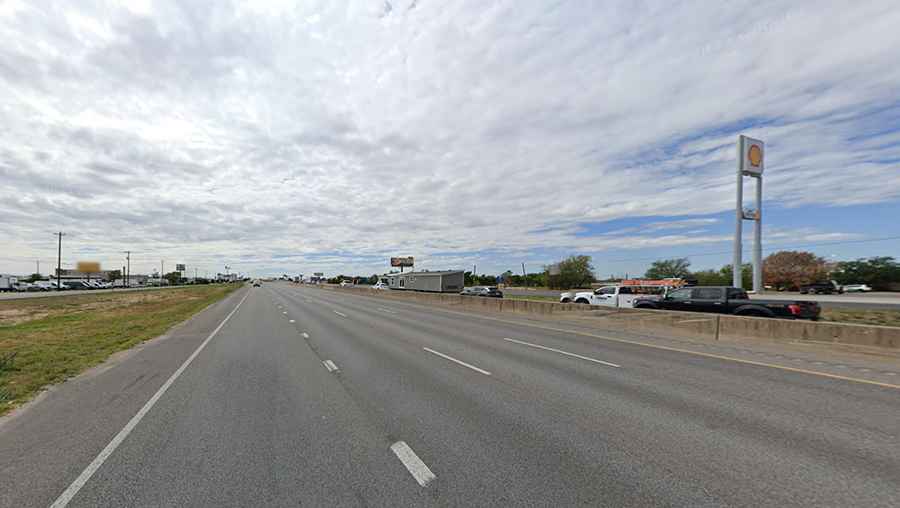Austin's I-35: The Dangerous Texas Highway
Interstate 35 (I-35) is a crucial highway running through the heart of Texas, connecting bustling cities and small towns. While it serves as a vital artery for commerce and travel, it has also earned the notorious reputation of being the "Texas Death Highway." This moniker is a stark reminder of the dangers that lurk on this busy stretch of road, particularly in the Austin area. In this blog, we delve into the factors contributing to its deadly reputation and explore ways to stay safe while traveling on I-35.

If you have been involved in a car accident on I-35 in Austin, the consequences can be devastating. With the high rate of serious injuries and fatalities on this notorious highway, it's crucial to understand your legal rights and options. Hiring a local car accident lawyer in Austin can be an essential step in navigating the aftermath of such an incident.
The Grim Statistics
I-35's reputation as the Texas Death Highway is backed by alarming statistics from the Texas Department of Transportation (TxDOT). In 2018 alone, there were 20,401 traffic crashes along I-35 in Texas, resulting in 153 deaths and 471 serious injuries. The top causes of fatal crashes along this corridor were speeding and pedestrians failing to yield the right of way to vehicles when crossing the busy highway.
Contributing Factors to I-35's Dangers
Several factors contribute to the perilous nature of I-35 in the Austin area:
1. High Traffic Volume:
I-35 is one of the busiest highways in Texas, with thousands of vehicles traveling on it daily. The constant flow of cars, trucks, and buses creates a high-pressure driving environment where mistakes can quickly turn fatal.
2. Construction Zones:
Safety around I-35 work zones is a year-round concern, with road construction and maintenance projects occurring up and down the corridor. In 2018, there were 2,791 crashes in work zones on I-35 in Texas, resulting in 19 fatalities and 59 serious injuries. Drivers traveling through work zones are likely to encounter concrete barriers, slow-moving heavy equipment, lane changes, and vehicles that make sudden stops.
3. Aggressive Driving:
The stress of navigating heavy traffic often leads to aggressive driving behaviors, such as tailgating, speeding, and sudden lane changes. These actions significantly increase the risk of accidents.
4. Commercial Vehicles:
The presence of large trucks and commercial vehicles adds another layer of danger. These vehicles have larger blind spots, longer stopping distances, and are more challenging to maneuver, making collisions more likely and more severe.
5. Distracted Driving:
Despite numerous public safety campaigns, distracted driving remains a major issue on I-35. Using cell phones, eating, or engaging in other distractions while driving can have catastrophic consequences.
6. Pedestrian and Bicycle Traffic:
In urban areas like Austin, I-35 sees a mix of pedestrian and bicycle traffic, especially near exits and intersections. The interaction between fast-moving vehicles and non-motorized road users poses significant risks.
Staying Safe on I-35
Given the inherent dangers of I-35, especially through Austin, here are some tips to help you stay safe:
- Stay Alert: Pay close attention to the road and your surroundings. Avoid distractions and keep your focus on driving.
- Maintain Safe Following Distances: Keep a safe distance between your vehicle and the one in front of you. This gives you more time to react to sudden stops or changes in traffic flow.
- Observe Speed Limits: Adhere to posted speed limits, especially in construction zones. Adjust your speed according to road conditions and traffic patterns.
- Plan Your Route: Before setting out, check traffic updates and construction reports. Planning your route can help you avoid congested areas and minimize stress.
- Be Patient and Courteous: Aggressive driving only exacerbates the dangers on I-35. Practice patience and courtesy to create a safer driving environment for everyone.
- Watch for Commercial Vehicles: Be mindful of large trucks and their blind spots. Give them plenty of space and avoid driving in their blind spots whenever possible.
- Use Designated Crossings: If you're a pedestrian or cyclist, use designated crossings and be extra cautious when navigating areas near I-35. Motorists should also be vigilant for pedestrians and cyclists.
Understanding the Dangers of I-35
Austin's I-35 is a vital roadway that connects communities and supports the economy, but it also demands respect and caution from all who travel it. Understanding the factors that contribute to its dangerous reputation and taking proactive steps to stay safe can help reduce the risk of accidents and save lives. By staying alert, driving responsibly, and respecting other road users, we can collectively work towards making I-35 a safer highway for everyone.
While the moniker "Texas Death Highway" is a sobering reminder of the dangers present, it also serves as a call to action for safer driving practices and heightened awareness. Whether you're a local commuter or a long-distance traveler, your vigilance and care can make a significant difference on this infamous stretch of road.